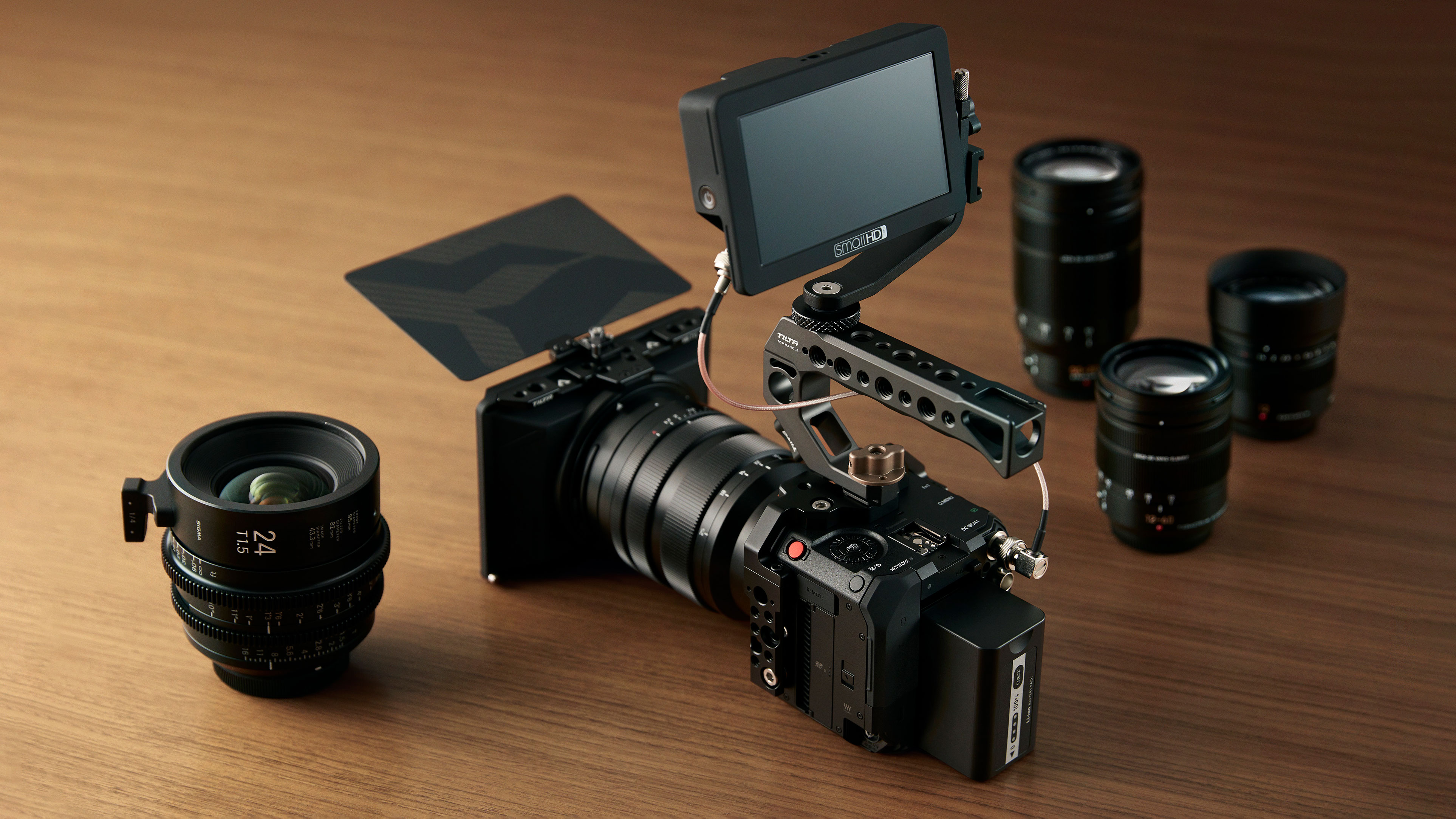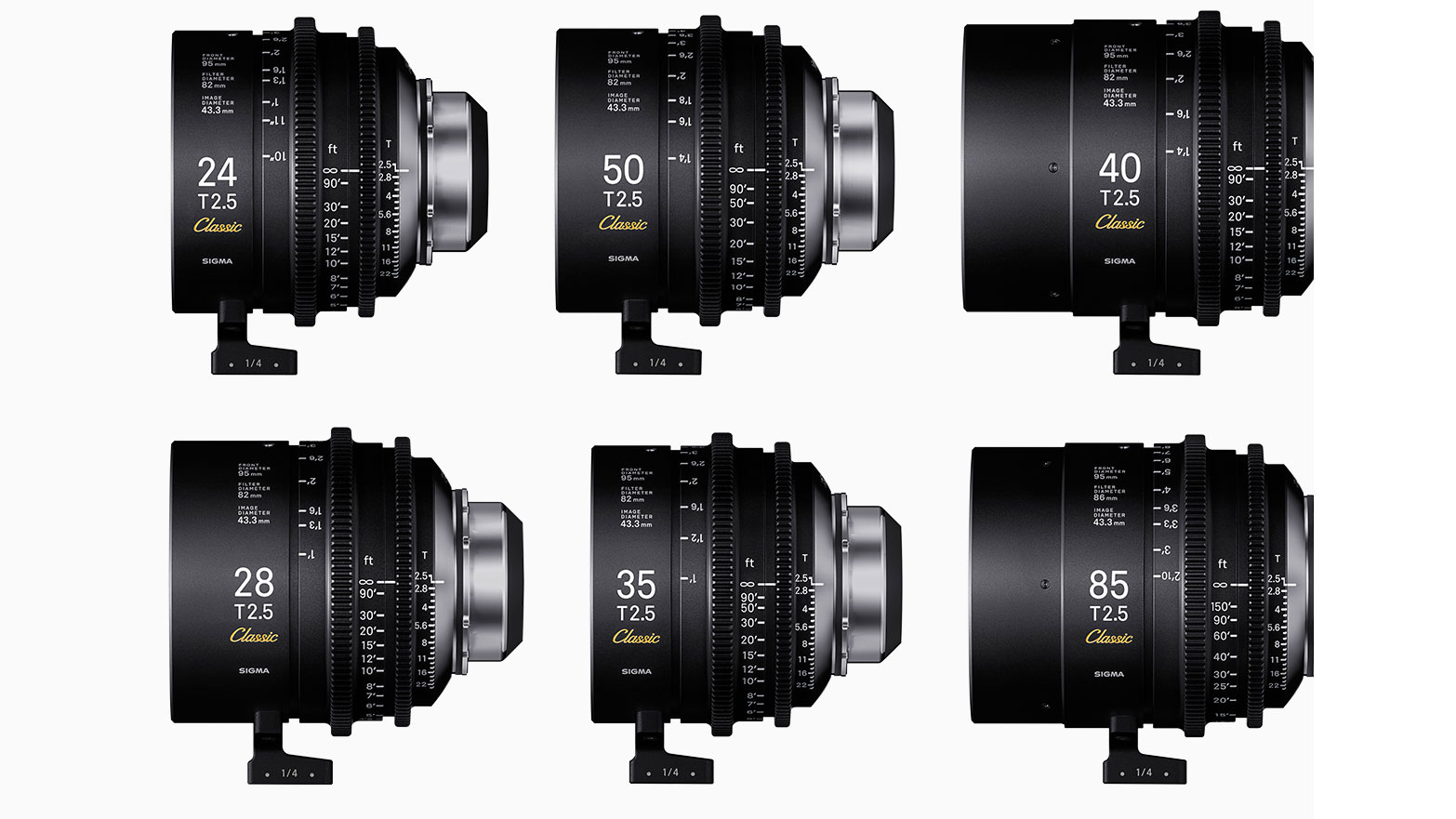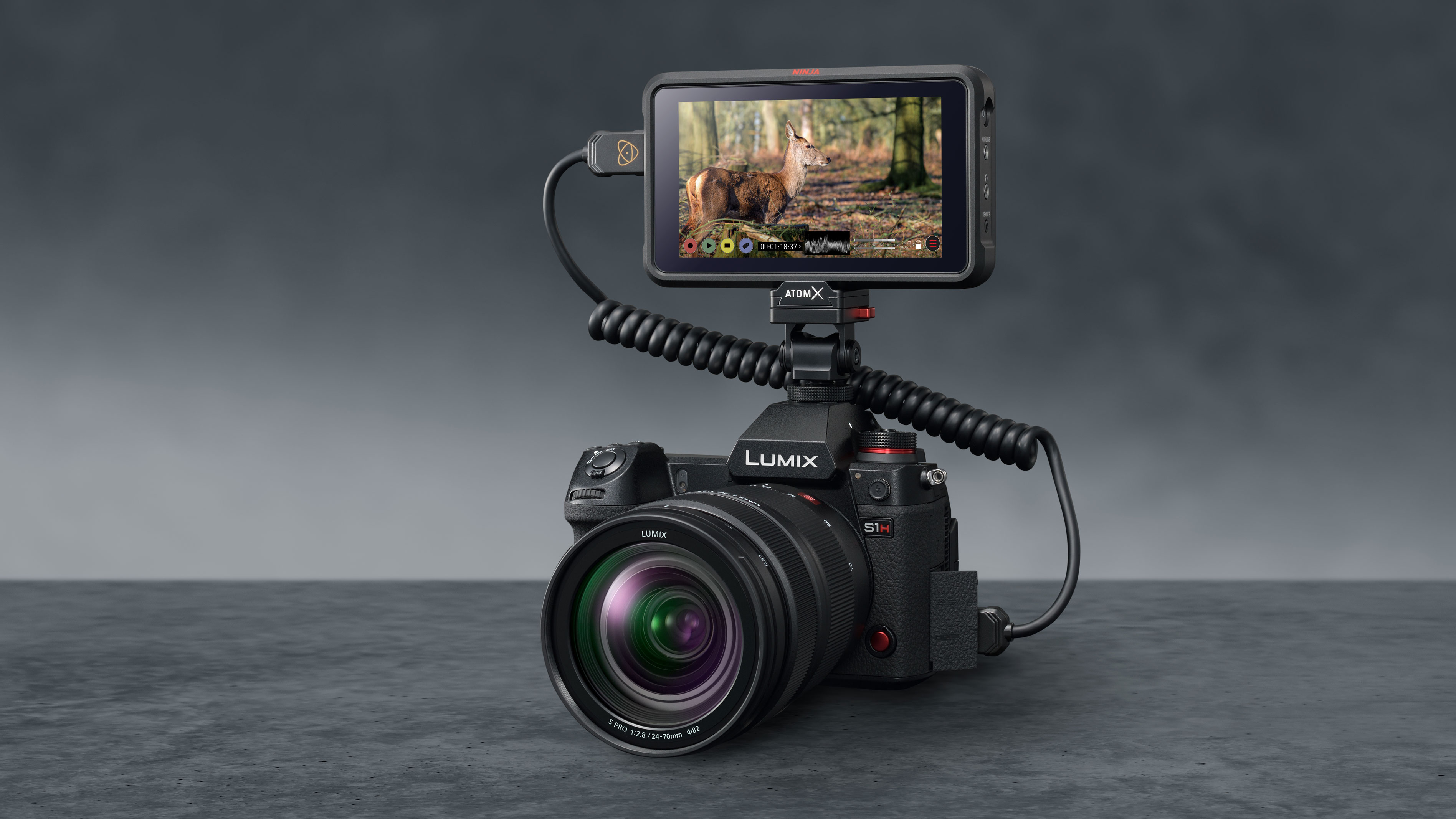How are cine lenses different to regular lenses, and why does it matter?
Cine lenses cost more, look weird and use different jargon. Do you actually need them for video?

Some lens makers specialize in cine lenses, some make cine lenses of regular photographic lenses. So what’s different about cine lenses that make them especially suited to filmmaking, and are these differences important?
It’s a key question, because the fact that cine lenses exist suggest that regular camera lenses have shortcomings and limitations for video work. It’s also good to know why the jargon is different, why cine lenses actually appear more technically primitive than the ones we’re used to, and why they are typically more expensive despite this.
So here’s a run-down of the key differences, why they exist and what kind of filmmaker needs the particular qualities of dedicated cine lenses.
T-stops not f-stops
Stills photographers are used to dealing with aperture settings as f-stops. F-stops are a guide to exposure, for sure, but they actually describe the size of the lens aperture in relation to the focal length of the lens, which has optical/depth of field implications but does not specifically address how much light the lens passes through.
This is fine for stills photography, vlogging and basic filmmaking, but not good enough for cinematographers, who need to know exactly how much light they’re getting.
That’s why cine lenses have T-stop (light transmission) values instead. This tells you exactly how much light the lens is passing through to the sensor, and becomes especially relevant if you’re using an external light meter – as many cinematographers do – and swapping from one lens to another for wide shots and close-ups. They need to know that the exposure they’re getting with this lens is exactly the same as the one they were using for the previous shot.

De-clicked aperture rings
Why is this such a big deal for cine/video lenses? It isn’t, right up until the point when you need to change the aperture setting while filming, to allow for a light change when moving from indoors to outdoors, say, or filming lights being switched on and off.
Get the Digital Camera World Newsletter
The best camera deals, reviews, product advice, and unmissable photography news, direct to your inbox!
You can’t have the audible clickety-click of a regular aperture ring while you're filming, nor visible step-changes in exposure. It all needs to be fluid and silent.
Iris not aperture
Photographers talk about the aperture (or diaphragm) in a lens, filmmakers and cinematographers talk about the ‘iris’. It’s the same mechanism, but described with two different terms. It’s just how it is.

Primes not zooms
There are some but not many cine zoom lenses. That’s probably because the optical constraints of getting a consistent T-stop value across different zoom settings, on top of making a constant-aperture zoom in the first place, make the design difficult and the outcome expensive. Cine zooms should also ideally be ‘par focal’, so that the focus doesn’t change as you zoom in and out. That’s difficult to do too.
As it happens, most cine zooms are primes, perhaps for reasons of cost, practicality and performance. Bear in mind that cinematographers are typically working on sets with production crews, actors and lighting, where framing and focus can be controlled and perfected.
Manual focus not AF?
Cine lenses don’t use autofocus, because the filmmakers they’re aimed at don’t use autofocus. Not all video is shot by run and gun vloggers and YouTubers. In cinema and TV broadcast there may be situations where a smaller, lighter second camera (with or without AF) is used for following action, but the A-roll content will typically be filmed from a static position with precise focusing and framing. Many videographers prefer manual focus for fast moving sequences too – they want to choose where the lens focuses and not leave it to the camera.

Follow focus and iris control
This what the geared rings on cine lenses are for. The teeth have an industry standard size and pitch to mesh with ‘follow-focus’ units that can rack the focus in and out manually while filming, either with a focus dial on the unit or remotely. Iris control rings work on the same principle.

Do you really need a cine lens for video?
Not at all. It depends on your style of shooting and your equipment. Regular stills lenses will work just fine, as long as they have silent AF and smooth stepping motor AF actuators (or similar) chosen with this dual purpose in mind. Almost all mirrorless lenses are now made to do both jobs.
A cine lens will come into its own, however, if you are working on professional quality productions where you have the time and facilities to set up the camera, framing and focus carefully. They can also be used for handheld filming or gimbal use, where the operator will have much better control over focusing and exposure adjustment while filming – but will also need a lot more skill and practice than regular camera lenses demand.
Read more:
• Best cine cameras
• Best 4K cameras for video
• Best cameras for vlogging
• Best cameras for video

Rod is an independent photography journalist and editor, and a long-standing Digital Camera World contributor, having previously worked as DCW's Group Reviews editor. Before that he has been technique editor on N-Photo, Head of Testing for the photography division and Camera Channel editor on TechRadar, as well as contributing to many other publications. He has been writing about photography technique, photo editing and digital cameras since they first appeared, and before that began his career writing about film photography. He has used and reviewed practically every interchangeable lens camera launched in the past 20 years, from entry-level DSLRs to medium format cameras, together with lenses, tripods, gimbals, light meters, camera bags and more. Rod has his own camera gear blog at fotovolo.com but also writes about photo-editing applications and techniques at lifeafterphotoshop.com
